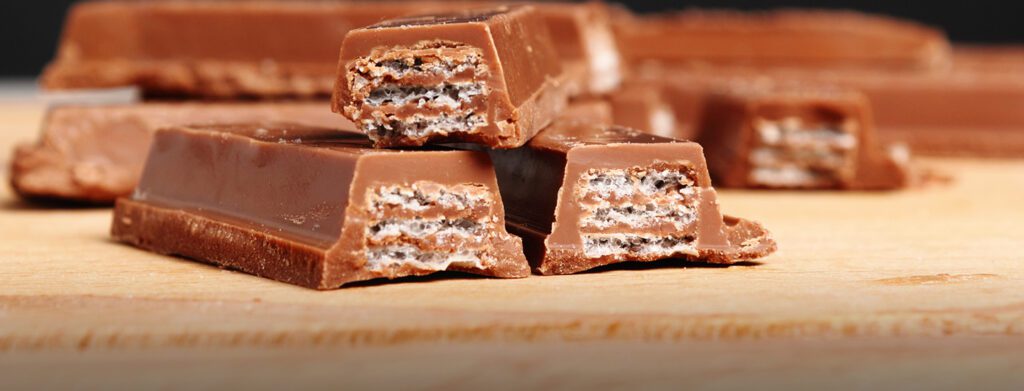Author
Further to our update on the ECJ preliminary ruling on the ongoing dispute between rivals Nestlé and Cadbury back in September 2015, the High Court has dismissed Nestlé’s attempt to register a trade mark for its 3D chocolate bar.
Arnold J, noting that the ECJ had not answered his question directly but a reformulation of it, interpreted the ECJ ruling on the following basis:
- To demonstrate that a sign had acquired distinctive character, the applicant or trade mark owner must prove that, at the relevant date, a significant proportion of the relevant class of persons recognised the origin of the relevant goods or services on the basis of the 3D shape alone, rather than any other associated registered word or figurative mark.
- It was legitimate for the competent authority (the UK Intellectual Property Office (‘IPO’) in this case) to consider whether the relevant consumers would rely on the sign as indicating the origin of the goods if it were to be used on its own.
Arnold J concluded that the IPO hearing officer’s evaluation of the perception of relevant consumers, and subsequent decision to refuse Nestlé’s application for registration, was consistent with the legal test set out by the ECJ.
In applying the ECJ ruling to the facts of the case, Arnold J approved the IPO hearing officer’s initial reasoning for refusal in relation to the issue of acquired distinctiveness (at para 61):
“In these circumstances it seems likely that consumers rely only on the word mark KIT KAT and the other word and the pictorial marks used in relation to the goods in order to identify the trade origin of the products. They associate the shape with KIT KAT (and therefore with Nestlé), but no more than that. Therefore, if it is necessary to show that consumers have come to rely on the shape mark in order to distinguish the trade source of the goods at issue, the claim of acquired distinctiveness fails.”
In considering consumer reliance on the 3D shape to distinguish the chocolate bar’s origin, Arnold J reiterated his observations in his first judgment. In his view, the reliance of consumers of four-fingered Kit Kats on its shape to confirm the authenticity of the products was “inherently unlikely” (at para 62):
“the fact that Nestlé ensures that each finger is embossed with the words Kit Kat amounts to a clear recognition that consumers do not rely on the shape in this way, rather what they rely upon is the trade mark Kit Kat.”
Whilst the High Court’s decision in this case is perhaps unsurprising, it does affirm the difficulty which brands will face if they seek to strengthen their IP portfolios through registration of 3D shapes as Trade Marks. It is now clear that the legal test for acquired distinctiveness requires that these shapes alone must indicate the origin of the relevant goods to consumers, without reference to any associated registered word or figurative marks. This is likely to be difficult for long-established brands, which hold existing well-known word and figurative marks, to demonstrate successfully.
http://www.bailii.org/ew/cases/EWHC/Ch/2016/50.html

